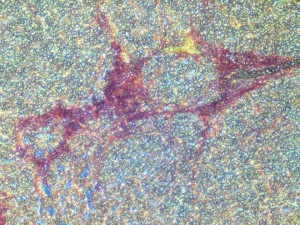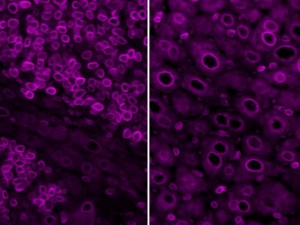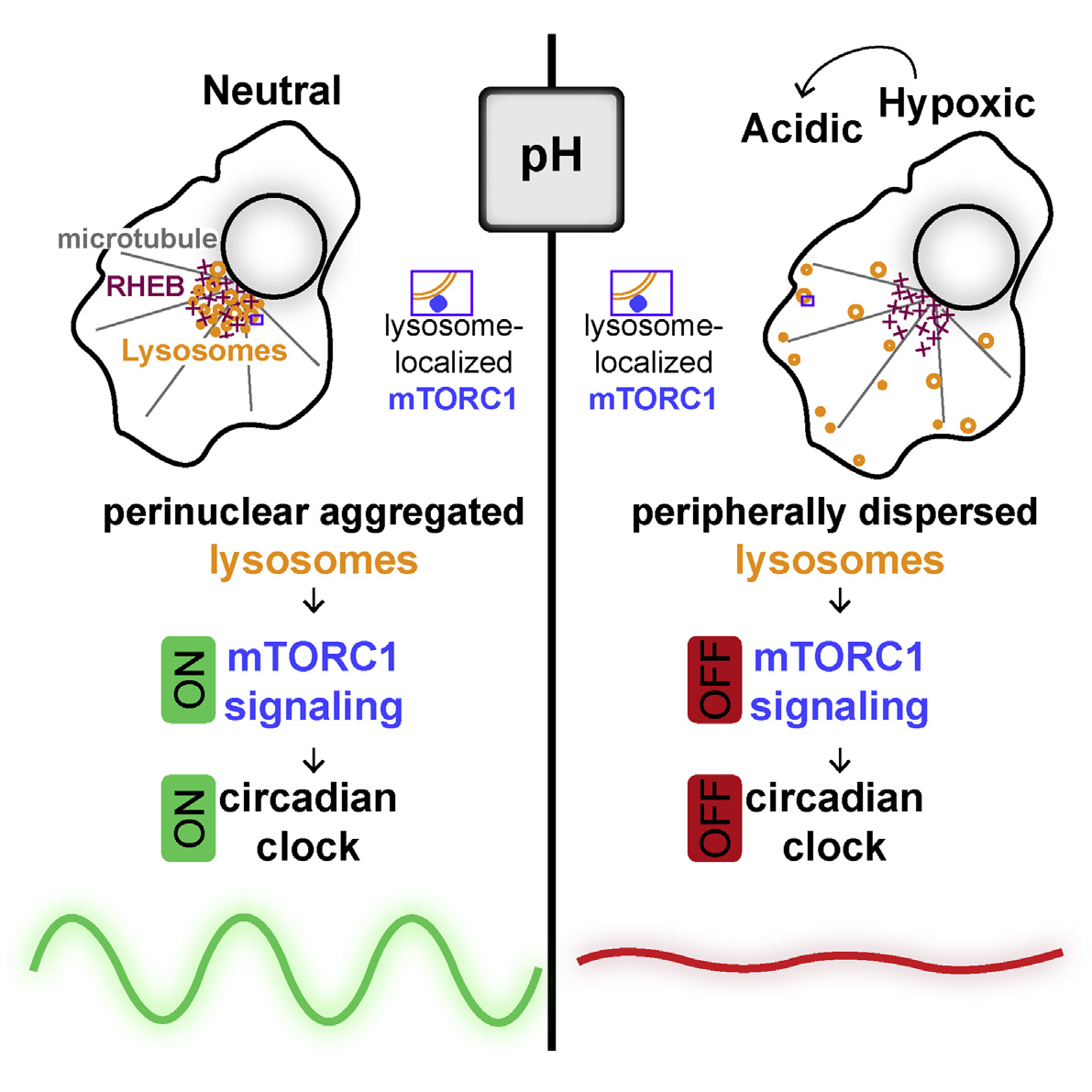News • Trainees from PSOC@Penn attended the NCI Virtual Junior Investigators' Conference on August 25-26, 2022. Larry Dooling (Postdoc, Discher Group) won Best Overall Talk and Kshitiz Parihar (PhD Student, Radhakrishnan Group) won a Poster Award. Lindsey Fernandez (Postdoc, Radhakrishnan Group) was a member of organizing committee and chaired two sessions. Congrats to all!
Upcoming Events
• The PSOC@Penn Fall Seminar Series begins September 26, 2022.
Talks are still held on Mondays in Raisler Lounge (Towne Building 225) as well as on Zoom. Please note the new time 1-2 pm.
The full speaker schedule can be found here.
News Exosomal PD-L1 contributes to immunosuppresion - Dr. Wei Guo (08.08.2018) in NATURE - Highlighted (08.08.2018) by PENN TODAYBaking Soda May Clean Cancer’s (Circadian) Clock - Dr. Chi Van Dang in GEN News (05.31.2018) in CELL
Cancer Physics @ Penn
This ‘Cancer Physics’ Center at the University of Pennsylvania wants to engage interested students, faculty, and the public!
** We are now recruiting stellar students and postdoctoral fellows for various projects. We are keen to interact with other faculty who might have relevant interests and/or expertise. And we are also hoping to engage those in the greater Public with interest and resources to help in the pursuit of new directions and approaches in cancer research — all can help! **
A recent press release provides an initial overview of faculty involved in our Center.
The PSOC@Penn (Physical Sciences in Oncology Center at Penn) is funded by a 5-year NIH grant from the National Cancer Institute (NCI) to focus on physical changes of tissues, cells, and nuclei that contribute to cancer growth and initiation. As tumor cells divide, invade, and displace normal cells, the tissue often changes physically, frequently getting stiffer, sometimes softer, often heterogeneously. Physical changes sometimes occur even before the cancer is detectable. Primary liver cancer appears representative as it almost always arises in the setting of end-stage liver fibrosis, termed cirrhosis, that is caused by excess alcohol consumption among other causes. Measuring liver stiffness is now possible in living patients, and prospective studies show patients with stiffer livers have dramatically increased rates of liver cancer.

Our Center integrates cancer experts with physical scientists and engineers who conduct diverse biophysical experiments from tissue scale down to single molecules. Theorists take multi-scale approaches to clarifying and predicting biophysical phenomena. Primary liver cancer is a main focus – though not exclusive to our interests, and our ideas and tools seek to broadly advance modern diagnostics and drive new treatments.
This website will progressively add content to explain our project areas, personnel, and progress.
 Nuclear envelopes of cells in thin slices of Tumors and Normal Liver (image by Jerome Irianto)[/caption
Nuclear envelopes of cells in thin slices of Tumors and Normal Liver (image by Jerome Irianto)[/caption

